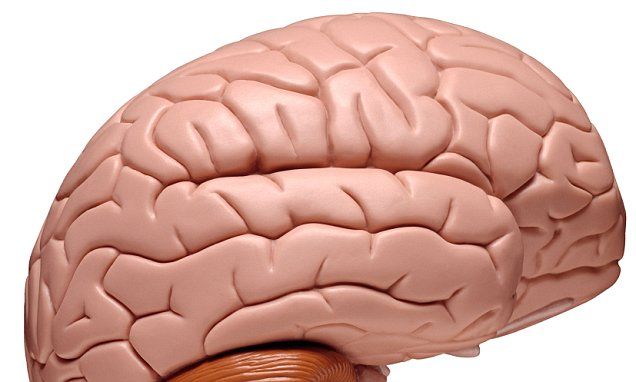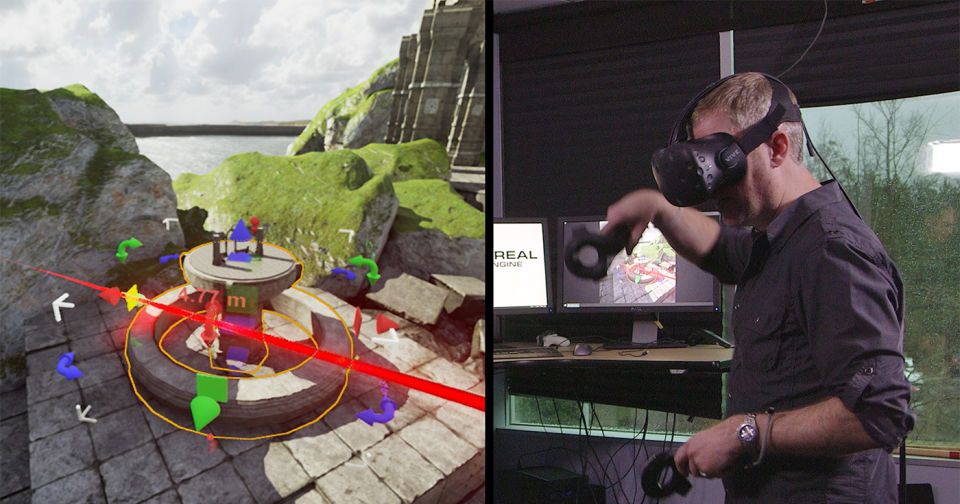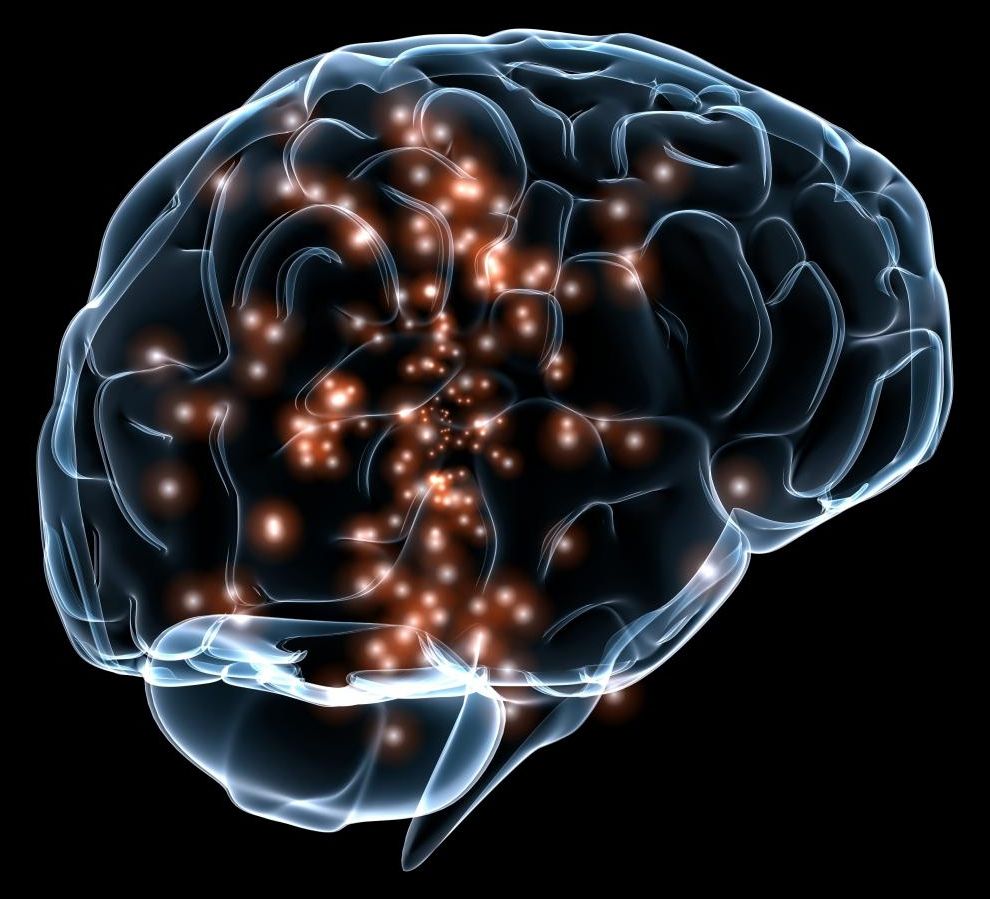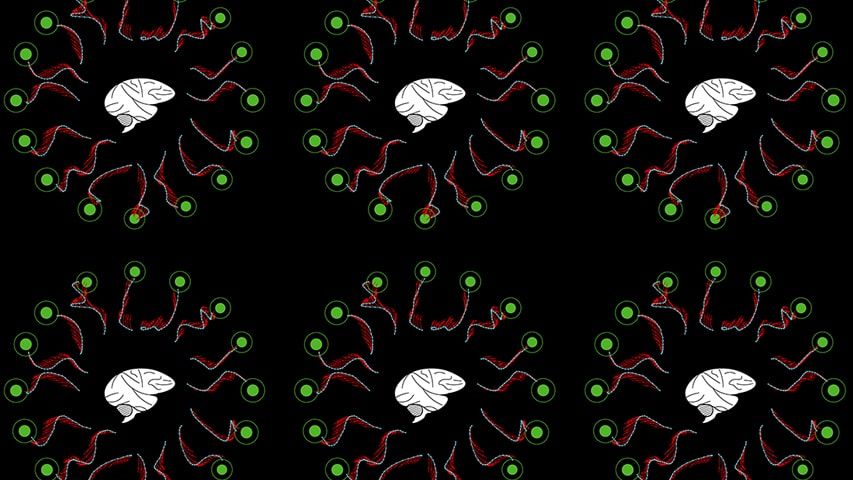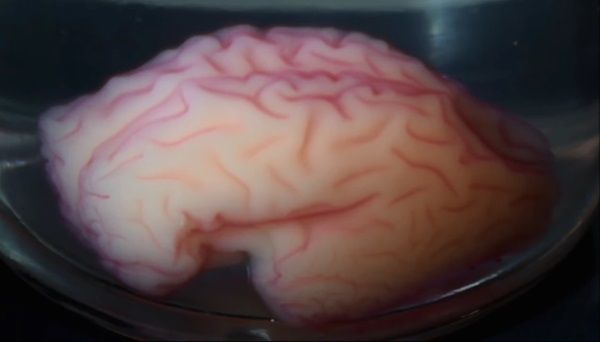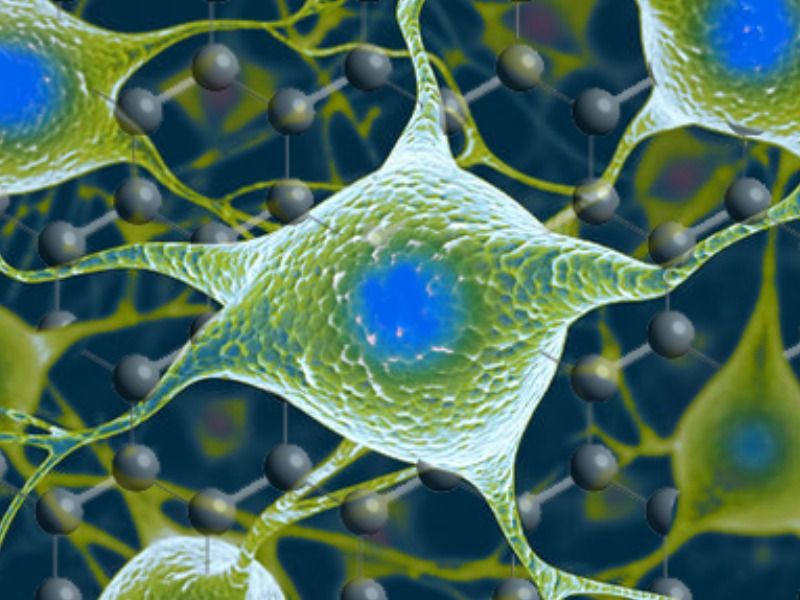Feb 7, 2016
DARPA’s New ‘Neural’ Microchip Could Let Drones Think Like a Human
Posted by Dan Kummer in categories: computing, drones, military, neuroscience, robotics/AI
“Full exploitation of this information is a major challenge,” officials with the Defense Advanced Research Projects Agency (DARPA) wrote in a 2009 brief on “deep learning.”
“Human observation and analysis of [intelligence, surveillance and reconnaissance] assets is essential, but the training of humans is both expensive and time-consuming. Human performance also varies due to individuals’ capabilities and training, fatigue, boredom, and human attentional capacity.”
Working with a team of researchers at MIT, DARPA is hoping to take all of that human know-how and shrink it down into processing unit no bigger than your cellphone, using a microchip known as “Eyeriss.” The concept relies on “neural networks;” computerized memory networks based on the workings of the human brain.

